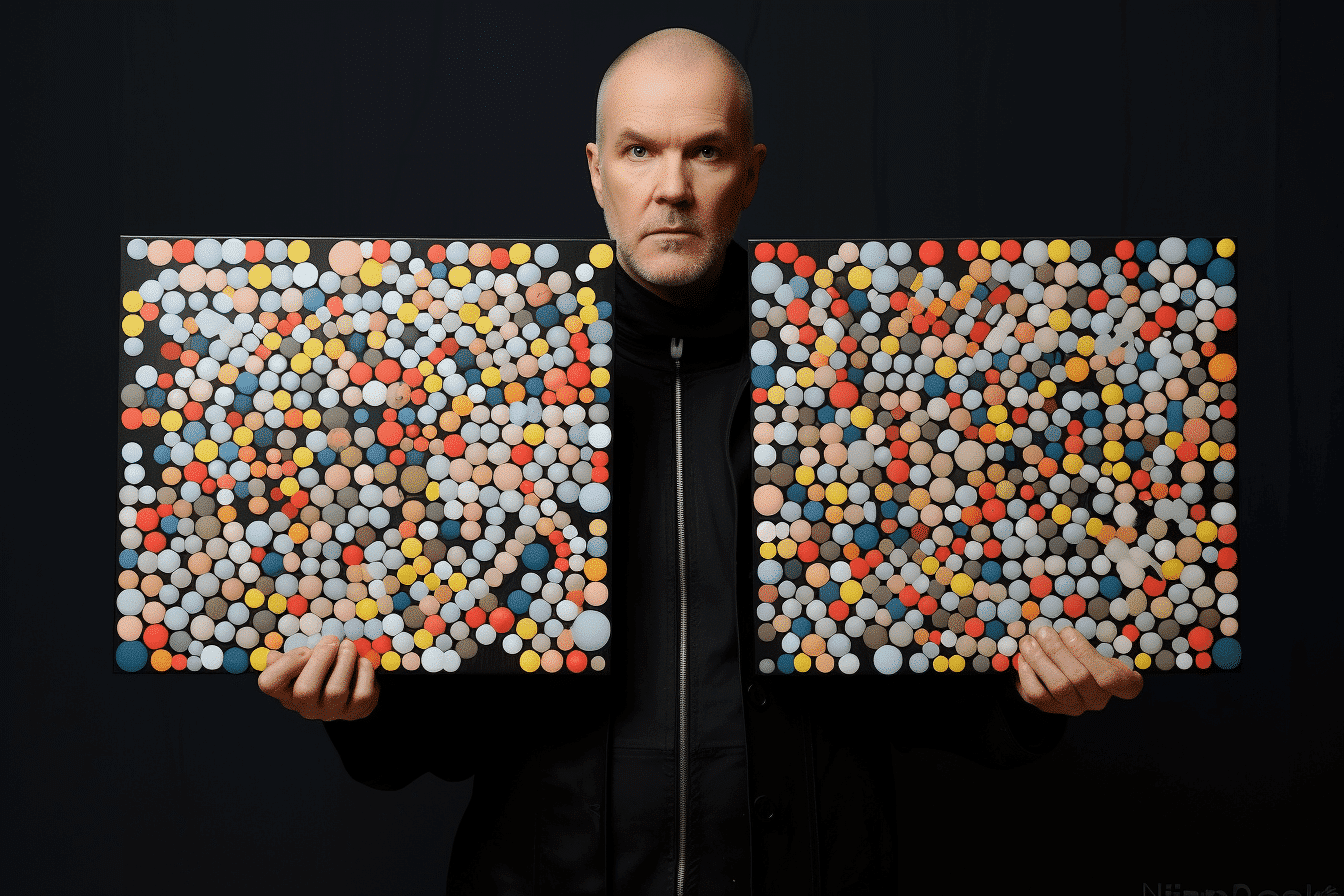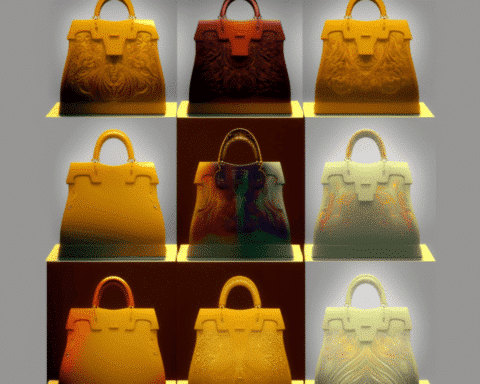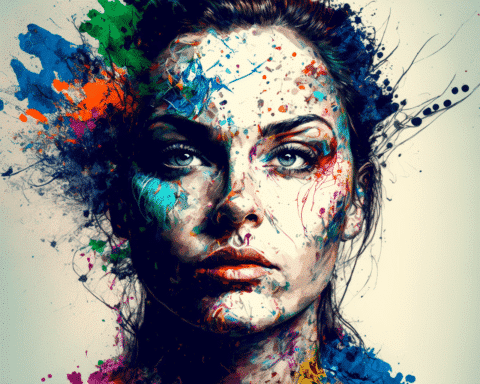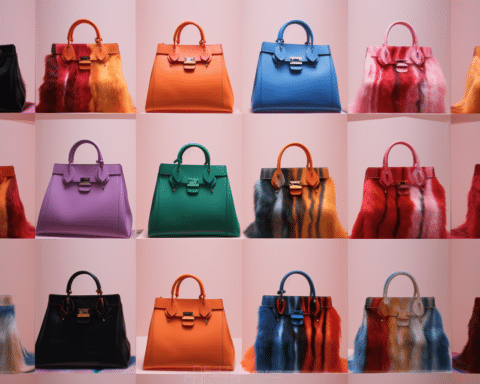As billows of smoke ascended from Damien Hirst’s London-based Newport Street Gallery on a recent Tuesday, it marked the incineration of 1,000 of his famed “spot” paintings. By month’s end, thousands more will have faced the same fate. This wasn’t a mishap, but rather an intentional act by the artist, keen on making a statement about the worth and perception of art.
The gallery’s second floor was alive with the scent of a bonfire. Journalists and media teams, eager to document the spectacle, witnessed Hirst, at 57, placing painting after painting into glass incinerators. This deliberate act of destruction was streamed live on screens within the gallery’s lobby and on Instagram.
Hirst’s endeavour, named “The Currency”, was initiated six years prior when he crafted 10,000 individual dotted paintings. Instead of directly selling these creations, Hirst stored them in a secure vault. Concurrently, he launched 10,000 NFTs, giving collectors the choice to either claim the tangible artwork their digital token represented or let it be consumed by fire. As it turned out, 4,851 chose to let their pieces be burned.
The event, occurring just a day ahead of the Frieze London art fair, transformed the gallery into a quasi-destruction chamber. Gallery staff, clad in bright orange jumpsuits, were on hand, with Hirst himself, wearing distinctive silver pants held by suspenders, leading the charge. Even in this dramatic setting, Hirst was light-hearted and engaged with the press, emphasizing that in his view, “there’s only ever art.”
Earlier on Instagram, Hirst elucidated his stance: the act wasn’t about destroying monetary value but rather a shift in value to the digital NFTs as the artworks were burned.
Produced in 2016, each original piece was distinct, carrying a unique signature, number, and title. Machine learning, using Hirst’s favourite song lyrics as a base, titled these pieces. Connected to an NFT, the artworks were made available last summer at $2,000 each. Owners, aware of Hirst’s burning proposition, traded these NFTs, some fetching as high as $176,000.
Most of the 5,149 NFT holders who decided against burning have now received their physical art. However, any remaining physical pieces will be burned at Hirst’s gallery by October’s end. Interestingly, those artworks burned recently were from Hirst’s personal collection, highlighting the uncertainty even he felt regarding the value proposition between physical and digital art.
Hirst, synonymous with the Young British Artists movement from the 1980s, has been creating his signature spot paintings for over 30 years. Frequently, his works delve into and sometimes challenge, the relationship between art and its monetary worth. Hirst’s diamond-encrusted human skull artwork, which fetched a staggering £50 million ($100 million) in 2007, is a testament to this.
Others in the art world, like blockchain firm Injective Protocol and art collector Martin Mobarak, have also flirted with the act of destroying art to elevate the value of related NFTs. However, for Hirst, the act serves as a deeper exploration, scrutinizing the confidence-based foundation of market value. As he stated in an introductory video, the project is an “experiment in belief,” where the collective behaviour surrounding the artwork becomes an art in itself.
Damien Hirst’s audacious act underscores the shifting sands of art’s valuation in a digitizing world. His decision to burn his tangible works, effectively turning ephemeral moments into lasting digital memories via NFTs, challenges traditional perceptions of value, permanence, and the very essence of art. In an age where the intangible often carries weight, Hirst prompts us all to reconsider what we truly deem valuable and why.




